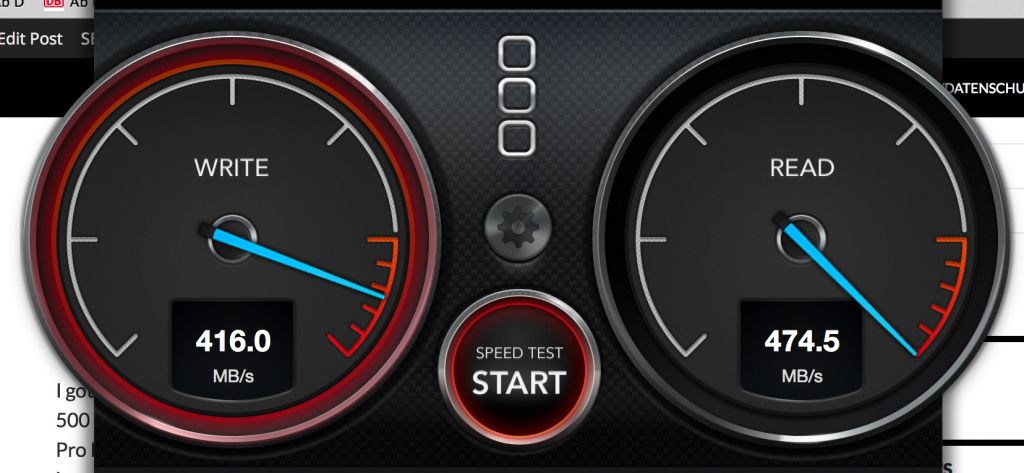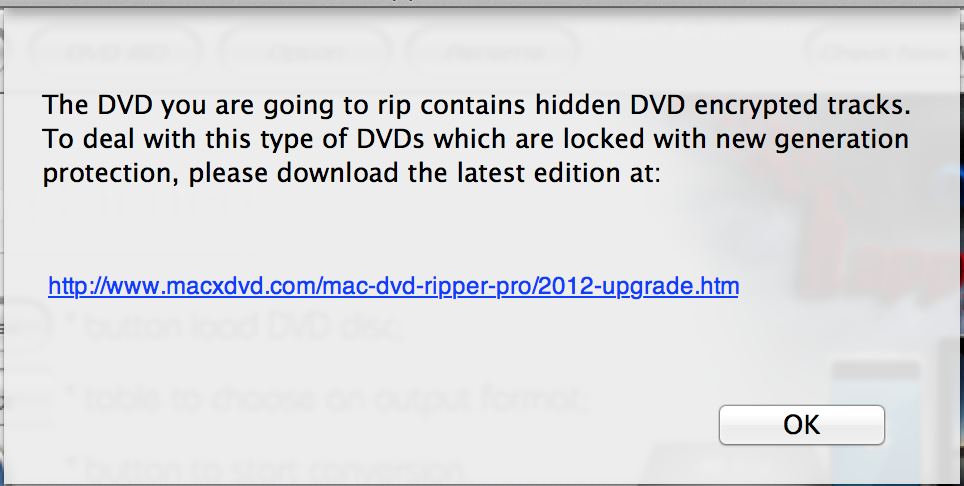Vor einige Tagen kontaktierte mich eine Bekannte, deren Domain ich auf meinem Root-Server hoste. Sie sei gerade umgezogen und könne nun plötzlich keine Mails mehr senden, wohl aber abholen. Der Mailclient meldete “Kann den Server nicht kontaktieren”. Und nein, sie habe in ihrem Mailclient definitiv nichts umgestellt. 😉
Da “klingelte” es gleich bei mir. Ich frug sie, ob sie auch einen neuen Router erhalten hätte, was sie bejahte. Meine Vorahnung ging also möglicherweise direkt in die richtige Richtung.
Was meine Vorahnung war? Nun, wenn plötzlich nach Verwendung eines neuen Routers das Versenden von Mails nicht mehr möglich ist, das Abholen aber sehr wohl noch, dann liegt der Verdacht nahe dass der Router diese Verbindungen blockt. Allerdings war mir zunächst nicht klar wieso der Router dies tun könnte.
Bevor ich weitere Untersuchungen durchführte stellte ich zunächst einmal sicher, dass mein Exim-SMTP-Server auch tatsächlich ordnungsgemäß funktioniert. Danach verschaffte ich mir Remote-Zugriff auf ihren PC mit Hilfe des kostenlosen und sehr empfehlenswerten TeamViewer.
Zum Test der Verbindung wollte ich “händisch” per Telnet eine Verbindung zu meinem SMTP-Server herstellen. Der Telnet-Client war noch nicht installiert, so dass ich ihn erst nachinstallieren musste. Dann führte ich in einem Command Prompt folgenden Befehl aus:
telnet <Mailserver-Hostname> 587
Es gab eine Fehlermeldung der Art “Connection timed out.”
Das war für mich der Beweis, dass meine Theorie richtig war. Ich verschaffte mir also per Webbrowser Zugang zur Administrationsoberfläche des (Telekom-) Routers und fand dort auf Anhieb einen Bereich, in dem ausgehende Mailserver eingetragen werden können. Die Mailserver der großen Mailprovider waren dort bereits eingetragen. Ich fügte also meinen Mailserver hinzu, und unmittelbar nach Anwenden der geänderten Konfiguration konnte die Verbindung zu meinem Mailserver wieder hergestellt werden.
Warum aber sperrt der Router unbekannte SMTP-Server? Als ich die Liste mit explizit konfigurierbaren Mailserver sah, war es mir auf Anhieb klar, obwohl ich sowas bisher nicht gesehen hatte. Der Router versucht Spambots daran zu hindern, von infizierten Rechnern aus Mail zu versenden.
An sich ja keine schlechte Idee, aber warum wird der Besitzer nicht deutlich (z. B. durch einen roten Einleger im Karton) darauf hingewiesen, dass diese Sicherheitsfunktion standardmäßig aktiv ist und welche Wirkung sie hat? Ist das womöglich auch ein Versuch, kleine Provider zu sabotieren?!
Wie auch immer, der “Einsatz” dauerte etwa eine Viertelstunde, danach war meine Bekannte wieder glücklich. Vielleicht hilft dieser Artikel ja dem einen oder anderen, ein vergleichbares Problem zu lösen. Über Feedback würde ich mich freuen.


